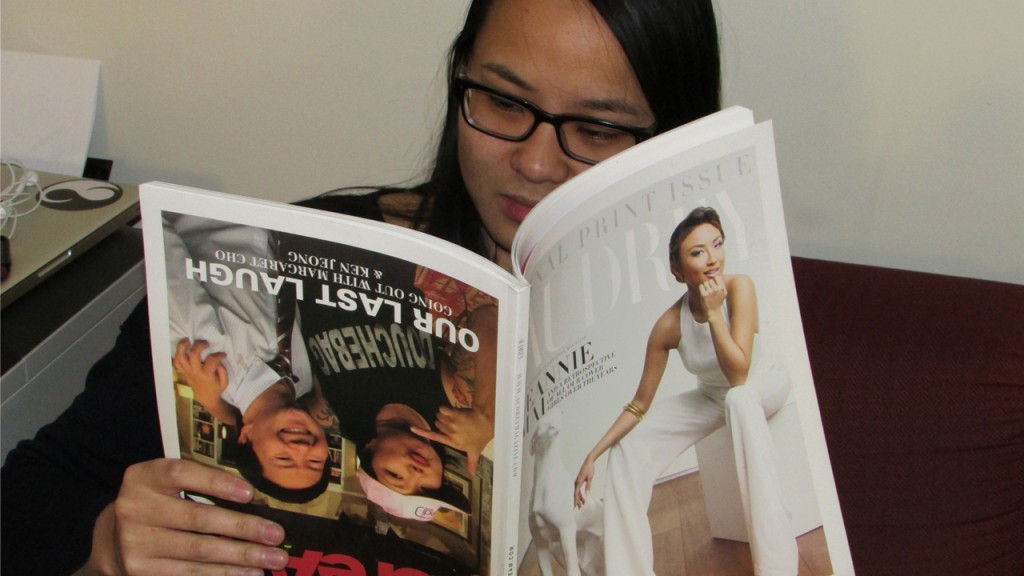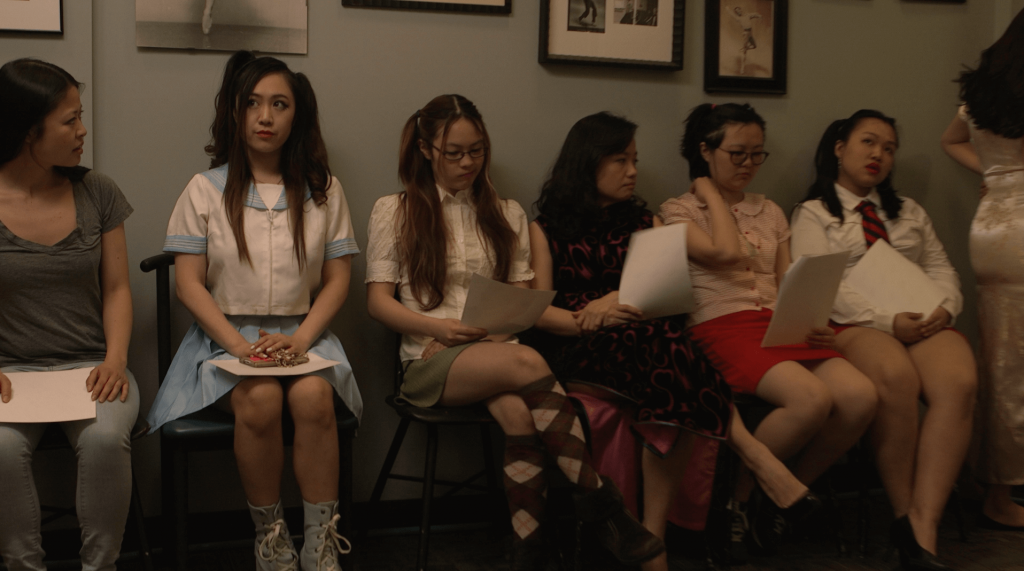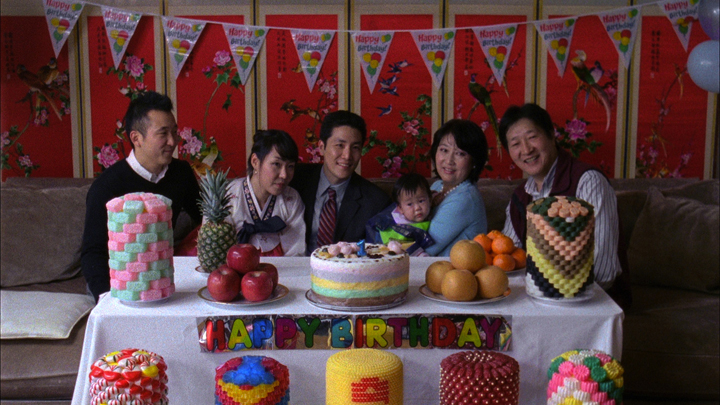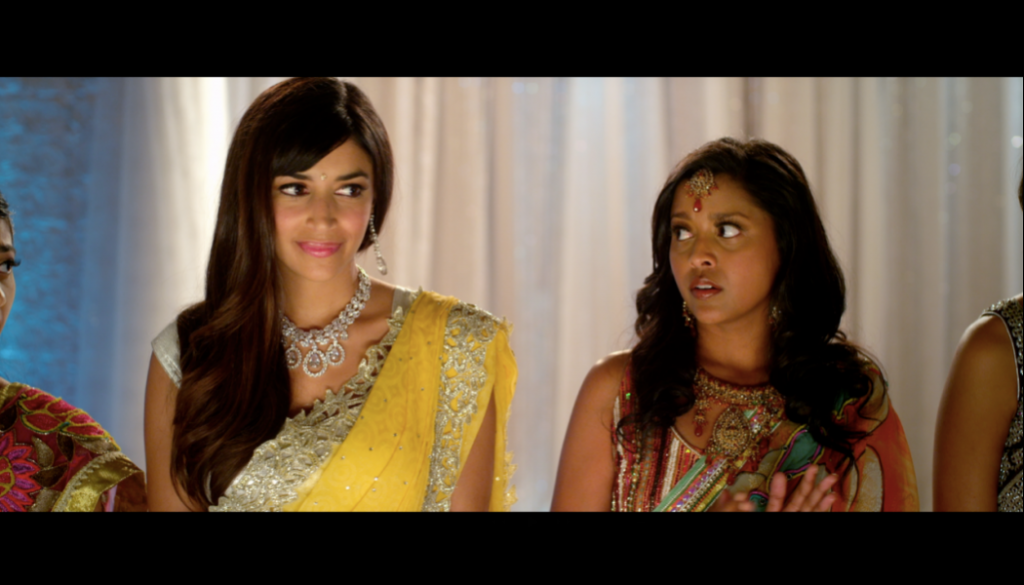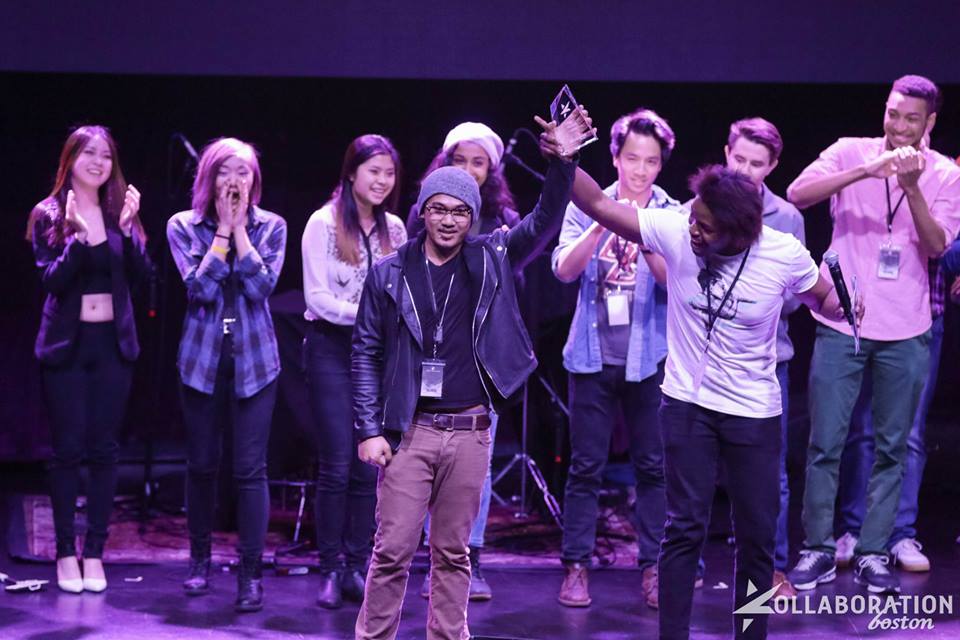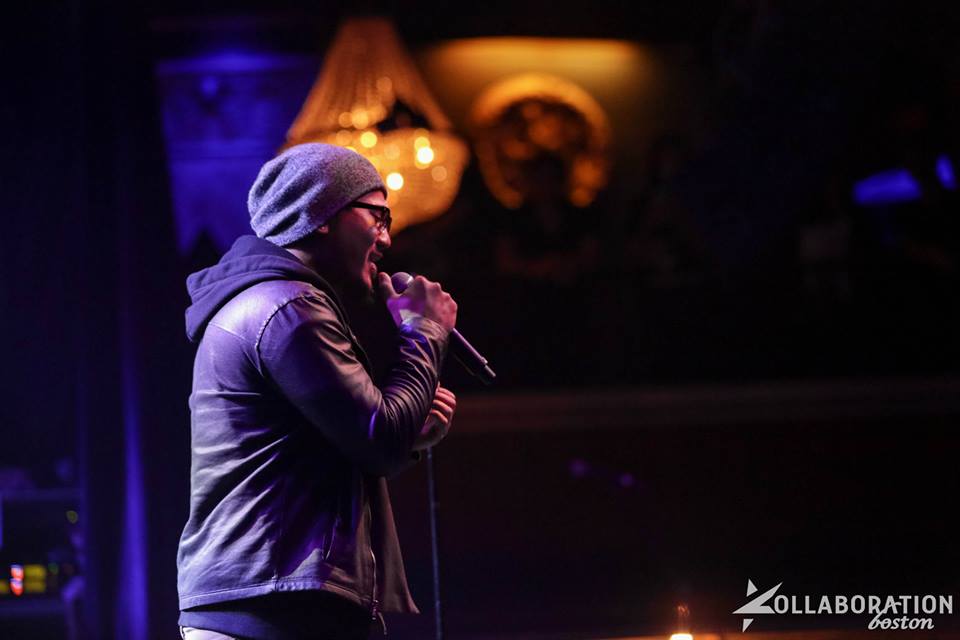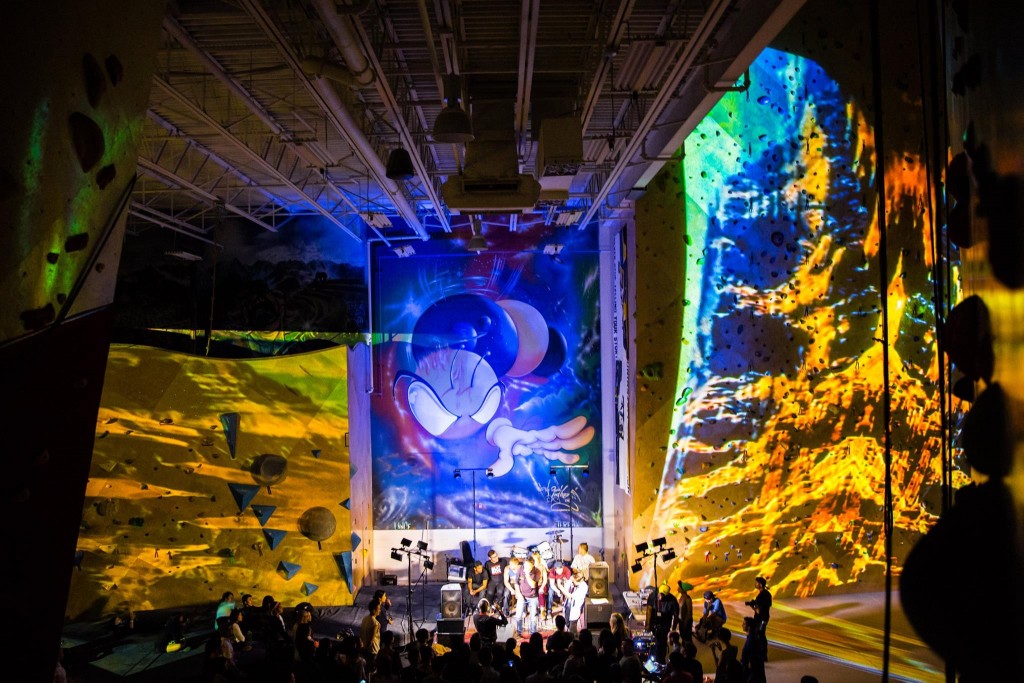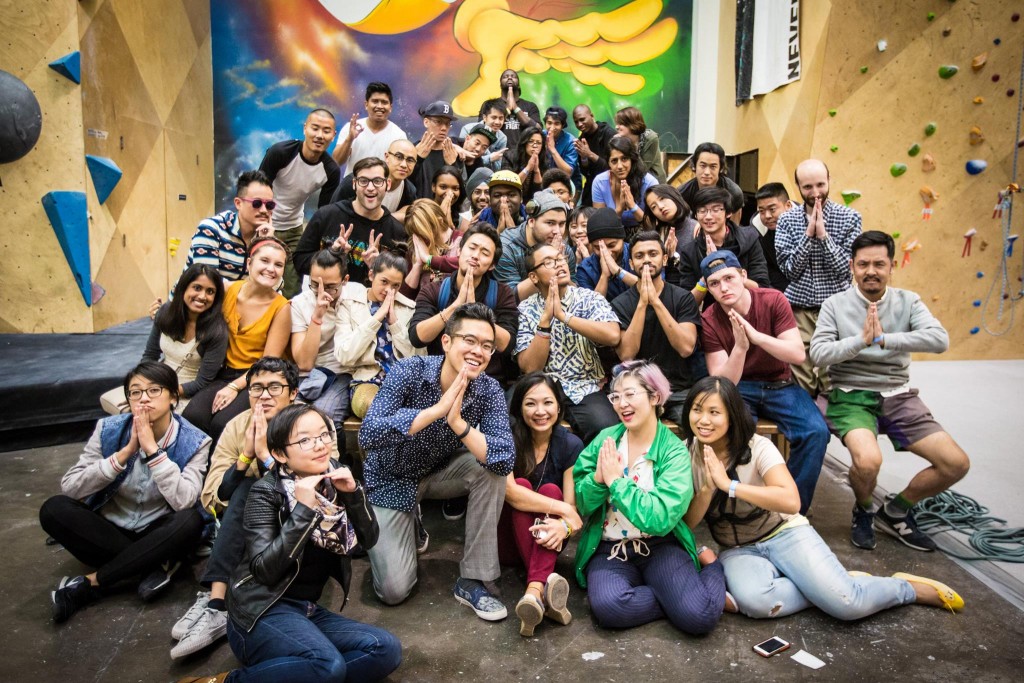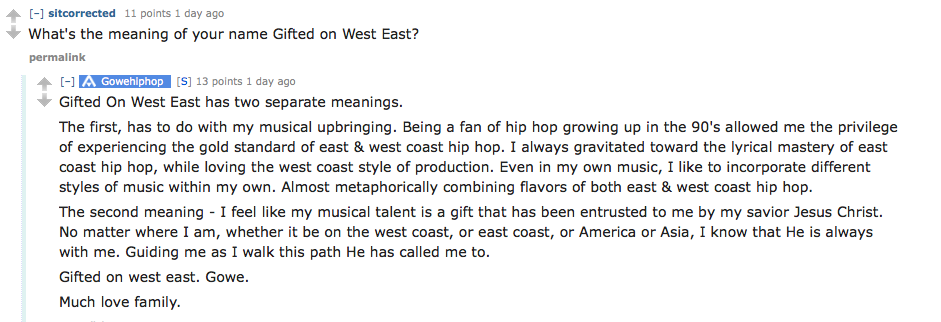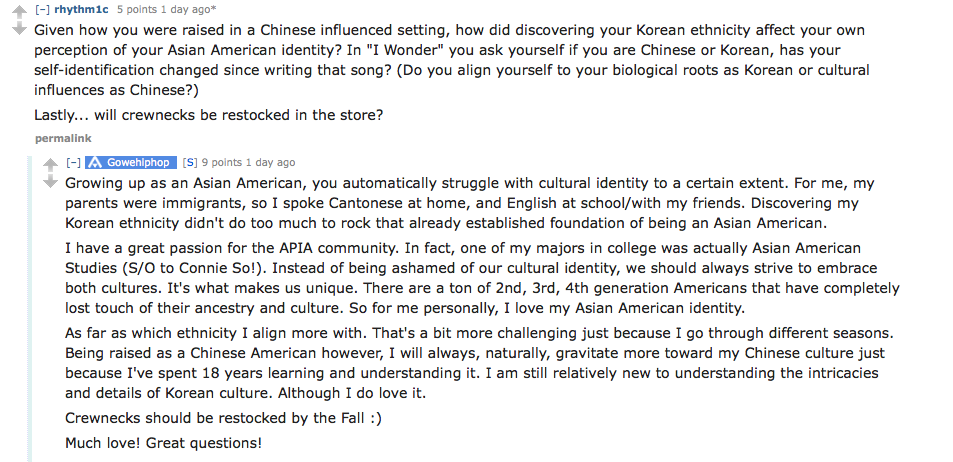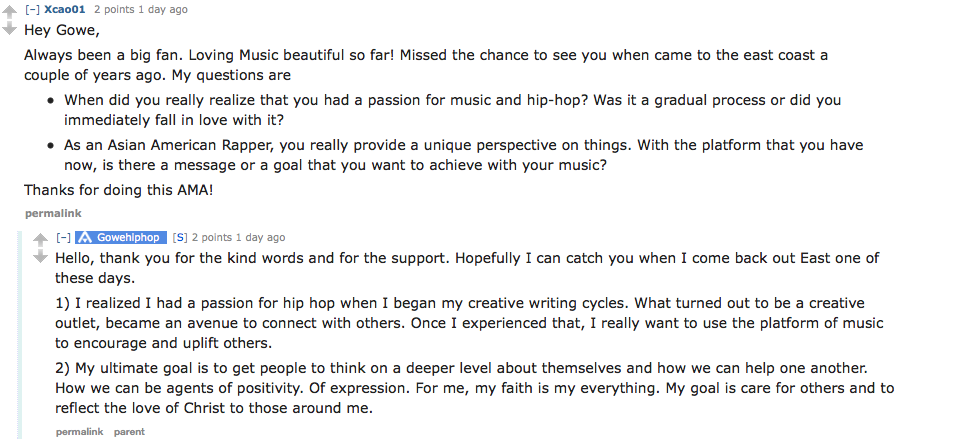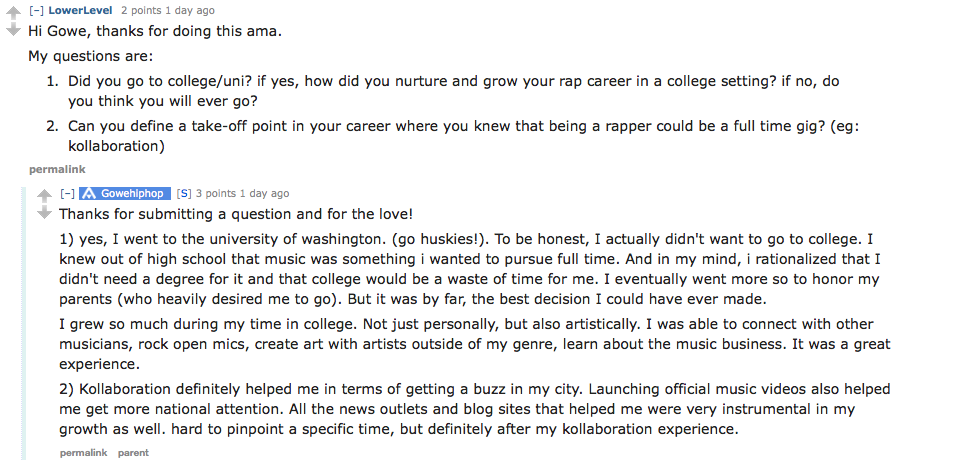Making waves on Broadway after its July 2015 debut, the American musical Hamilton broke expectations for the old school musical. The story of Alexander Hamilton, “the ten dollar founding father,“ is told through hip-hop inspired sounds and a ground breakingly diverse cast filled with people of color. Lin-Manuel Miranda, who wrote the music, lyrics, and book, said that Hamilton is a story of America’s past, told by America now.
The popular musical recently made even more news after their 2016 Grammy performance, live from the Richard Rogers Theater in New York City. One of two musicals to perform at the music award show, the POC cast, energy, and talent of the opening song “Alexander Hamilton” grabbed America’s attention. Once again making headlines for its originality, the Hamilton performance and cast stood out that night, including the leading lady Philippa Soo.
Hamilton is Philippa Soo’s Broadway debut as Alexander’s wife Eliza. Soo, a Juliard alum, spoke to the Hollywood Reporter last November with fellow actress Lea Salonga about being Asian American on Broadway. Soo said that her father, a son of Chinese immigrants, and her mother were very supportive of her pursuing a career in musical theater.
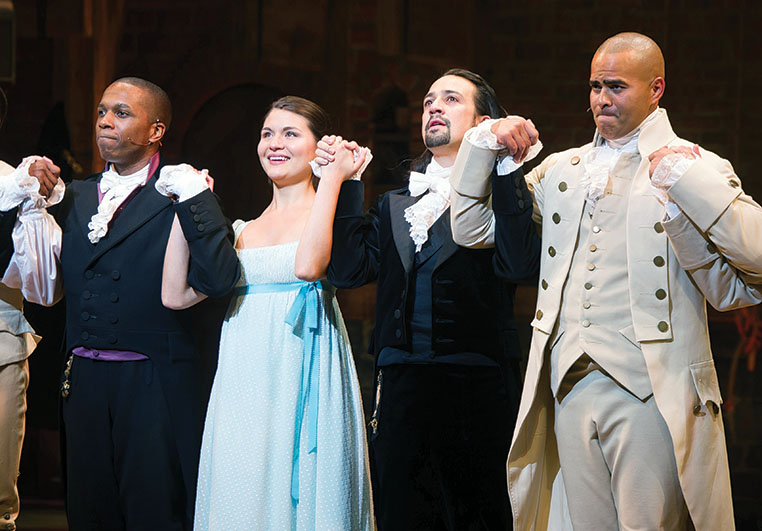
“So I’m half-Chinese and half white, and it wasn’t until being part of this show — even though I’ve been in other mixed race casts — that I have been considered an actor of color,” she told the Hollywood Reporter. “Also, it hasn’t been until now that I received this beautiful letter from this young woman who thanked me for representing Chinese-American people in the theater. That’s never happened to me before! But it’s beautiful because I feel like as amazing as it is to acknowledge, it’s also amazing on the other side that people don’t even think twice about it [in Hamilton].”
Given the importance of Eliza’s character, the New Yorker wrote in an article featuring the women of the story, “And, by implicitly equating Eliza’s acts of narration with (Miranda’s) own, he’s acknowledging the women who built the country alongside the men. You’re left wondering whether the Hamilton of the title isn’t just Alexander, but Eliza, too.”
I haven’t seen Hamilton live— because getting a ticket now is impossible— but after listening to the soundtrack repeatedly, and while I love them all, here are my top five moments in the musical when Soo stole the show and made Hamilton about Eliza.
(Warning, this next section will contain spoilers, but then again, it’s also American history)
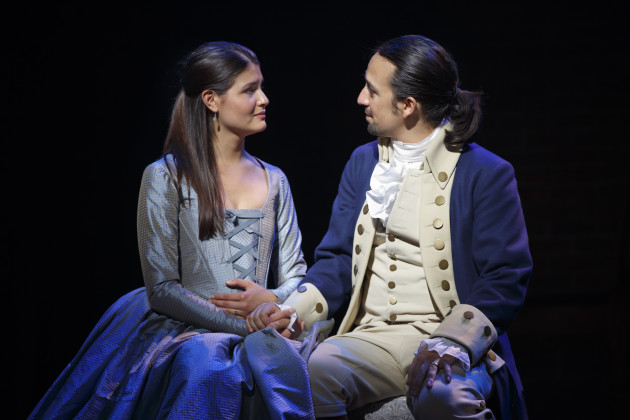
5) That Would Be Enough
Nearly a solo for Eliza, begging Alexander to stay home from the war to be with her and their unborn son, this number tells the story of the young Hamiltons’ marriage. They love each other so much, however Eliza wishes Alexander wasn’t so obsessed with his legacy. Soo’s voice, solid and pure, is beautiful throughout “That Would Be Enough” and successfully kept Alexander home from the war— for a little while.
4) Stay Alive (Reprise)
I can’t listen to this short number without crying. The Hamiltons hold their dying son after he participates in a duel. Not on good terms, Alexander and Eliza are distraught and emotional, which adds and edge to this tense and depressing reprise. Lin-Manuel Miranda, Anthony Ramos (Philip Hamilton), and Soo sing this heartbreaking song together as listeners, I assume, sit quietly and cry to themselves. (Or is that just me?)
3) Helpless
Eliza’s first solo in Act I is an upbeat song about when she first sets eyes on Alexander Hamilton. Cute and bouncy, the “how the Hamiltons met” story is the perfect song to sing at the top of your lungs in the shower (or is that just me again). But more importantly, “Helpless” Soo shows off her full, highly impressive, singing ability. Arranged like a pop song, “Helpless” could easily be dismissed as fluff when compared to the heavier styles elsewhere in Act I, but Soo’s range and training as singer make it just as important.
2) Burn
Poor Eliza, but also— wow Philippa Soo. For context, Alexander Hamilton was involved in America’s first public political sex affair after he admitted to cheating on his wife (damn!) in the now infamous Reynolds Pamphlet (damn!). “Burn” is Eliza’s reaction, a sad ballad full of emotion that listeners can hear and see. As she sets Alexander’s letters on fire, Soo again shows off her full range and skills in this beautiful song, a heartbreaking ode to his poor wife.
1) Who Lives, Who Dies, Who Tells Your Story
In Hamilton’s final song, major characters of Act II come out and speak about Hamilton’s legacy in establishing America’s financial system and bringing the new country out of debt. A majority of the song however goes to Eliza who “put’s [herself] back in the narrative,” in another great solo. She tells what she’s done in her life after the loss of her son and husband, collecting Alexander’s writing and making sure his legacy lives on. As the final performer of Hamilton, Soo practically steals the show.
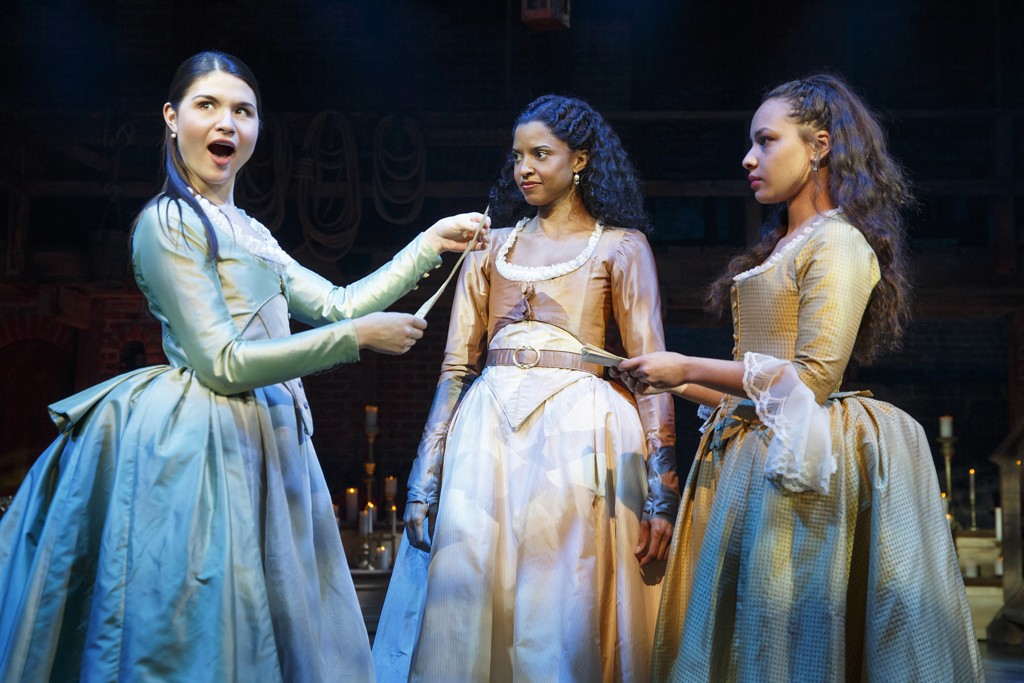
Eliza Hamilton was by no means just a side character in the life of Alexander Hamilton, and Philippa Soo does an amazing job portraying that love, fear, betrayal, and forgiveness in her Broadway debut. Hamilton is a groundbreaking music for this generation and I highly suggest everyone gives it a listen.
Bonus duet: Take A Break
A bit of happiness for the Hamilton’s, “Take a Break” shows the young family at home on their son’s birthday. This song tells how focused he is to his career and legacy during the turmoil in Alexander’s political life, and that Eliza won’t have it. I love Eliza scolding Alexander for working through dinner, but then Soo goes on to sing a beautiful duet with Renée Elise Goldsberry that completely steals the song.
![]()
